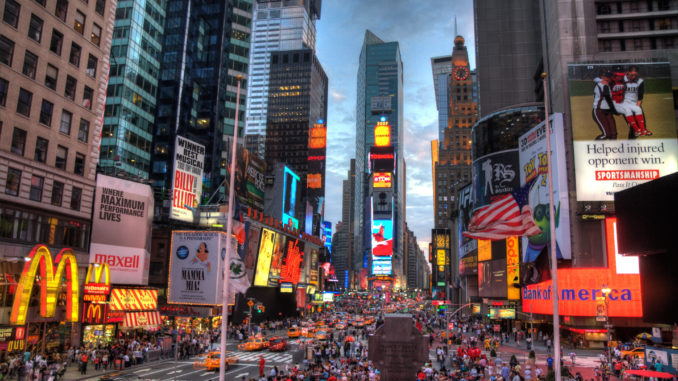
Alan Thornett
I agree (more or less) with the four pointsin the statement on the originsof the virus –three on industrialised agriculture and one on globalisation. Although meat production is not mentioned which is by far the most dangerous aspect of industrialised farming,.
The blind-spot, for me, is the issue of human population density– particularly in the form of urbanisation and the increasing size of ‘mega’ or ‘hyper’ cities. Such density is an important factor both in terms of the ‘zoonotic’ transition of viruses between species, their development into pandemics, and the way pandemics are becoming more frequent (and more dangerous) despite the increasing deployment of modern medical science against them.
The evidence for this, in my view,is overwhelming.
David Harvey, for example, in his excellent article Anti-Capitalist Politics in the Time of COVID-19 published by Jacobin on March 20th says the following:
“Virues mutate all the time to be sure. But the circumstances in which a mutation becomes life-threatening depend on human actions… “There are two relevant aspects to this. First, favourable environmental conditions increase the probability of vigorous mutations. It is, for example, plausible to expect that intensive or wayward food supply systems in the humid subtropics may contribute to this. Such systems exist in many places, including China south of the Yangtse and Southeast Asia. Secondly, the conditions that favour rapid transmission through host bodies vary greatly. High-density human populations would seem an easy host target. It is well known that measles epidemics, for example, only flourish in larger urban population centres but rapidly die out in sparsely populated regions.”
Doctor Jonathan Quick, professor of infectious disease epidemiology at the London School of Hygiene and Tropical Medicine, in his indispensable(2018) book: The End of Epidemics – the looming threat to humanity and how to stop it, puts it this way (on page 38):
“Consider how just one risk factor, population growth, leads to a whole set of others. The New York Times columnist and author Thomas Friedman was right: the world is hot flat and crowded, and it’s getting more so. The worlds human population is now more than 7.5 billion. It projected to increase by more than two billion people by mid-century, exploding to 8.1 billion by 2025 and 9.6 billion by 2050. More than half of that number will be born in Africa and most of them will be packed into dense urban areas where an epidemic can spread like wildfire.”
In fact Danial Defoe (no less), in his classic A Journal of the Plague Year (in London) describes how the most densely populated parishes of London were hit hardest by the plague: “we perceiv’d (he says) the infection kept chiefly in the out-parishes, which being very populous, and fuller also of the poor, the distemper found more to prey upon than in the city…” (page 16)
It is equally clear in the current pandemic that population density – along with its corollary poverty and deprivation – is a major factor in both the virus’s transition between species and its ability to spread.
An article in the Financial Times on May 1st, entitled Deprived areas hit hardest in UK by pandemic (based on an ONS study),found that in Britain death rates in major cities are much higher than elsewhere, and that London’s death rate is at least double the national average. Three London boroughs — Newham, Brent and Hackney — are the worst-hit with death rates of four times the national average. Newham had the highest death rate of all with 144 people per 100,000 killed by C-19.The mayor of Newham, Rokhsana Fiaz, said: [We have] “been particularly exposed to being infected because of the high density of the population, with many people in low-wage work, working in the service economy, and going back to overcrowded multigenerational households.
New York is another example. An article in the New York Times, by Brian Rosenthal, on March 23 2020, entitled ‘Density Is New York City’s Big ‘Enemy’ in the Coronavirus Fight’ argues that the reason that New York is the epicentre of the pandemic in the USA is because it is far more crowded than any other major city in the country. It has, he says, 28,000 residents per square mile while San Francisco, the next most jammed city, has 17,000.’
Los Angeles, he says, has had far fewer C-19 cases that New York. Although it is about half the size of New York, the main reason for this, he concludes, is that California residents live further apart from each other.
He quotes Doctor Steven Goodman, an epidemiologist at Stanford University as saying: “Density is really an enemy in a situation like this, with large population centres, where people are interacting with more people all the time, that’s where it’s going to spread the fastest.”


Be the first to comment